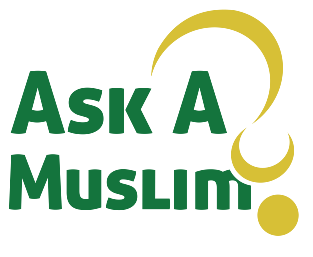A few centuries before Jesus, the outstanding Greek civilization began to blossom, producing such outstanding brains as Aristotle, Euclid, Socrates, Galen and Ptolemy. Her contributions to philosophy, mathematics, geography, astronomy and medicine became cornerstones of modern science.
Then the control of the Romans weakened and the subsequent rise of Christianity brought the calendar we all know. The Romans passed it on to the Germanic tribes. Devastated, the great empire crumbled. Following the decay, around the late 5th century, the so-called Middle Ages began. It was not until the late 15th century that Columbus discovered America, marking the beginning of the Renaissance, the rebirth of antiquity.
Much has been written about ancient times, and Greco-Roman scientific and cultural achievements were praised. The libraries are bursting with Renaissance writings that praise the brilliance of the time. European history breaks the records with the main determining dynasties, religion, the feudal system; pays little attention to the scientific development of that time. The notion that Europe marched straight from the radiant light of ancient Greece into the darkness of the Middle Ages and then suddenly back into the light has long prevailed in the minds of scholars. Away from any logic, this idea creates legitimate doubts about the missing link for ten centuries.
To unravel this mystery, one could look a little further at the history of other parts of the world at that time, and particularly look at those civilizations that were closest to the European continent. It is most astonishing that the Middle Ages in Northern Europe coincided with the climax and precisely with the culmination of Muslim civilization in Eastern and Southern Europe. Islamic civilization emerged in 622 AD when Prophet Muhammad and his companions fled from enemy Mecca to Medina (Yathrib), where they found refuge and founded the first Islamic state.
From 750 AD. Islam spread to states and countries from Spain to the borders of China. In connection with Islam came a new spirit of learning that resulted in scientific discoveries and technological advances. The importance of learning was discovered by Muslims as a means of exchanging creativity between nations, as a contribution to their effective communication. The Prophet Muhammad instructed his followers to seek knowledge by recognizing the general achievements of the Chinese, Indians, Africans, etc. Great thinkers like Al-Biruni, Al-Khwarizmi, Al-Idrissi, Al-Khindi, Ibn Sina, Al-Razi, Ibn Khaldun, Al-Khazin, Ibn al-Haytham, Al-Farabi, Al-Ghazali, al-Jazari and Hundreds more came from different backgrounds.
Non-Muslims, Ishaq Ibn Hunayn and Hunayn Ibn Ishaq – Nestorian Christian scientists of the Abbasid court or the astronomer Thabit Ibn Qurrah – a Sabean or Hasadai Ibn Schaprut and Ibn Maimun – Jews from Muslim Spain and more were successful and occupied respectable and influential positions in Muslim societies. Muslim civilization became the first and by far the most colorful example of a multi-ethnic state in human history. With the same dedication, Arabs, Turks, Persians, Berbers and Kurds sought solutions to numerous questions and problems from the fields of science, medicine, construction, agriculture, etc. Their efforts are reflected in the results: spectacular architecture, creative art, in libraries , Hospitals, universities,
„The miracle of Arabic science, I use the word miracle for our inability to explain these achievements, which are almost incredible, … has no equal in world history.“ George Sarton
Because of the politics of our time, the scientists failed to recognize the crucial timing and enormous involvement of Muslim civilization in the development of modern science and technology. They made the claim that Europe owed everything to the ancient Greeks. However, there are undeniable facts that during the Spanish reconquest of Muslim settlements, particularly in Toledo in 1085, significant amounts of Muslim works were found and translated. Furthermore, the two centuries of the Crusades were not only filled with war and bloodshed, but also ensured cultural exchange. All in all, it is very difficult to believe that the Dark Middle Ages were really as “dark” as we imagine.
We would be without the extraordinary amount of loan words from the Muslim civilization, without the Arabic numbers that we use for our daily calculations and the math, there would be a shortage in agriculture, in the domestication of farm animals for our food, clothing and transportation; Spinning and weaving, building; Drainage and irrigation; Water wheels and windmills; Metal processing and tools and weapons, sailing ships; astronomical observations; Clocks, paper, writing down and keeping reports; Laws and civic life, coinage; abstract thinking and most of our religious ideas and symbols. And, as Wickens concludes,
„There is really no evidence that any of these basic objects and developments have actually been invented in the West.“ Wickens
This article was originally a review by the author Camilla Sayf, dated July 5, 2003 in the Introduction to Muslim Science publication by FSTC Limited (Foundation for Science Technology and Civilization). [1]
Footnotes:
[1] Revocation: not all views of this author are shared by IslamReligion.com.
Source: https://www.islamland.com/deu/articles/einleitung-in-muslimische-wissenschaft
